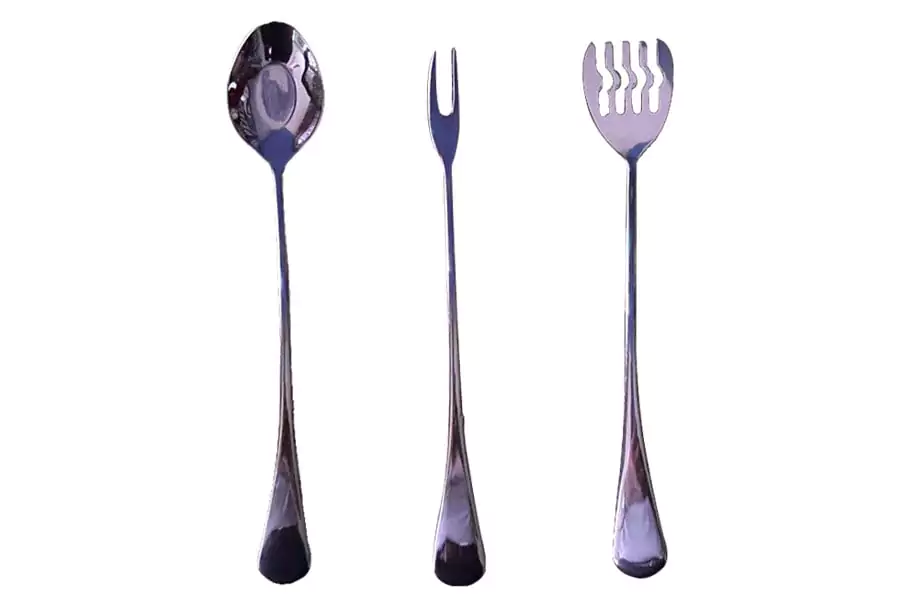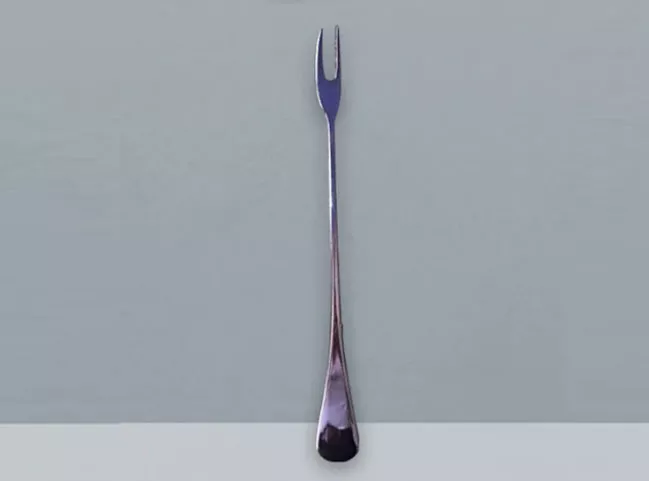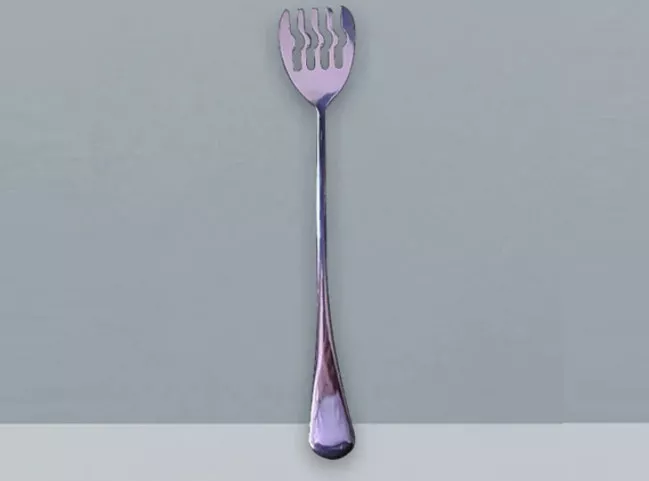
Each kitchen has its own lively and vibrant scene, from the bubbling pots and sizzling frying pans to that far smell inviting everybody in. But the very essence of cooking remains in that thick steam and continuous stirring – taste. It is an unnoticed link that binds all the ingredients, tools, and the chef’s decisions.
What if your utensils could help you understand that connection better? What if every scoop, swirl, or lift brought you closer to perfecting flavor itself? That’s the idea behind Tools for Tasting. They are a collection of thoughtfully engineered utensils created not for decoration, but for sensing, feeling, and understanding food the way your taste buds do.
Taste isn’t just one sense. Chemistry, texture, aroma, and temperature are there as well. When warm food touches the tongue, tiny sensory cells inside your taste buds begin sending signals to your brain. These messages blend with smell and texture to form what we call “flavor.”
Temperature is quite, if not most, essential. According to a study, warm dishes make the tasting of sweetness and umami better, while cold dishes enhance the tasting of sour and saltiness. This is the reason that tasting food at the appropriate moment (neither too hot nor too cold) can alter completely your perception of balance.
Tools for Tasting embraces this concept, letting cooks experience food as it evolves, not just as it ends up.
When you hold a Scoopasure, Kuhfork, or Noodula, you’re holding years of practical thinking condensed into stainless steel. Each one serves a specific purpose in the timeline of flavor.

Every sauce carries a narrative; salt, spice, and sweetness unite and create a balanced flavor. Scoopasure’s flat bowl and long stem take down the heat of liquids just to the point where your taste buds can perceive the whole truth. The heat doesn’t overpower the subtler notes, letting you taste balance as it truly is.
That’s not just design; instead, it’s food science. Studies show that excessive heat can dull taste receptors, leading cooks to over-season without realizing it. Scoopasure keeps that from happening.

Texture defines how flavor is experienced. A crisp vegetable, a tender steak, or a flaky fish each has its own “bite.” Kuhfork is designed for that: testing texture without tearing food apart. Its precise edge lets you feel when a dish has reached that delicate point of readiness.
Scientists call this oral somatosensation: the touch-based sense of how food feels in the mouth, and it’s deeply tied to flavor satisfaction. Kuhfork brings that tactile awareness to your fingertips before the meal ever leaves the pan.

Pasta is the simplest yet trickiest test of timing. One minute too long, and the magic is gone. Noodula solves that quietly. Its shape grips just enough pasta to check doneness without damaging or cooling it too fast.
Every cook knows the term al dente — firm to the bite. But few realize that its perfection depends on starch gelatinization, a precise chemical reaction between heat and water. Noodula helps you hit that target with precision every single time.
The brilliance of Tools for Tasting lies in what it doesn’t try to do. It doesn’t replace the cook. Instead, it amplifies human senses. Each piece balances weight, texture, and proportion to feel like an extension of your hand, not a gadget that gets in the way.
Good design follows ergonomics and emotional connection. The moment a tool feels “right,” cooking shifts from a task to an experience. As design researcher Don Norman says in The Design of Everyday Things, “Well-designed objects are understandable and usable, and they make us happy.”
That’s exactly what these utensils aim for — not perfection, but partnership.
In an age when kitchens come with apps and sensors, taste remains the one sense that can’t be digitized. No screen or AI can replicate that split-second decision when your tongue says, it needs a touch more salt.
That’s why professional chefs taste constantly: it’s not a habit, it’s science. Each tasting calibrates the flavor balance, preventing small mistakes from becoming big disappointments.
Tools for Tasting supports that process, bringing the chef’s instinct into everyday kitchens.
These tools do not guarantee that you will be a chef right away; they just aid you in thinking like one. They not only refine your dishes but also your consciousness of what tasteful food is like by giving you feedback at every stage.
Cooking is not just chemistry, but it’s empathy in motion. The moment you learn to taste with intention, every dish improves. Scoopasure, Kuhfork, and Noodula exist to guide that learning, not by dictating, but by inviting you to listen to your ingredients.
Because when taste leads the way, perfection becomes possible (not through luck, but through attention).